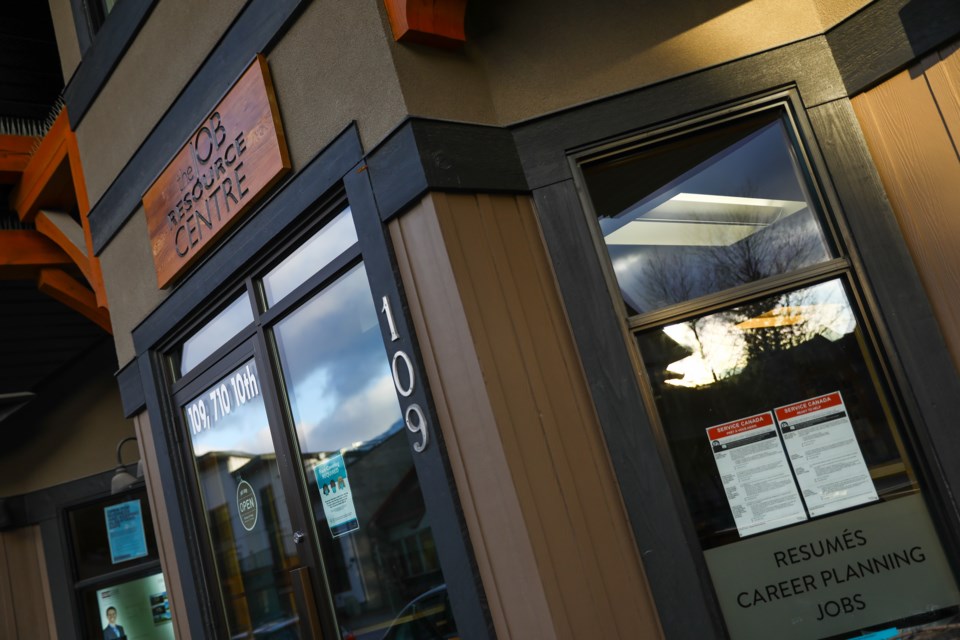BOW VALLEY – The employment market in the Bow Valley continues to get better as the local economy improves after disastrous years during the COVID-19 pandemic, with unemployment falling well below the national average of five per cent.
While the Alberta unemployment rate sits at six per cent, and the Banff-Jasper-Rocky Mountain House rate is at 5.2 per cent, the Bow Valley is at a low of three per cent.
“We are getting lots of inquiries now,” said Michel Dufresne, director of the Job Resource Centre in Banff and Canmore. “We expect a return to pre-pandemic levels in terms of the labour pool that we used to have.”
Dufresne said more people are coming back for work from such places as Quebec, Australia and Europe – a change from a year ago.
“Last year we didn’t have the traffic from those places. We didn’t have French Canadians [or people from] eastern Canada,” Dufresne said. “The Australians didn’t come back last year. Now we are seeing them, and we are getting a lot of inquiries from those groups for the spring and summer.”
Hourly wages have also increased in the Bow Valley, up from an average of $20.70 between August 2021 and January 2022 to an average of $21.86 during that same period a year later. The highest wages were seen in social services and health care, with an average wage of $25.76. The lowest average wage was in sales and services, which sat at $18.82.
A major reason for this wage increase was inflation and the growing competition among businesses due to the low unemployment rate.
From August 2022 to January 2023, 37 per cent of jobs posted were advertised with staff housing, which is similar to the same period a year earlier. In Banff, 50 per cent of jobs advertised came with staff accommodations, while in Canmore that figure was 25 per cent.
“It is something employers are now considering, including staff housing in their business model,” Dufresne said. “If you don’t have staff housing, you can’t help with housing people in terms of subsidies. Your business is not going to be successful.”
While Canmore still lags behind Banff in terms of staff housing, the 25 per cent is an increase of five per cent over the previous year.
“Lots of catching up to do in Canmore,” Dufresne said. “I think the word is out. It is super hard because of the cost.”
While the most recent Alberta budget had lots of spending, Dufresne said he did not see much in terms of the job market in the Bow Valley.
“I didn’t see anything, just that they announced some money for promoting tourism in Banff and Canmore,” he said. “I didn’t see anything that will have an impact on the job environment.”
Looking ahead to the spring, all indications are that the job market is going to continue to recover from the COVID-19 pandemic, with many employers looking for employees.
“We are seeing employers going back to hiring in full,” Dufresne said. “We didn’t have that last year.”




